Species Hunted to Near-Extinction 100 Years Ago Makes Miraculous Comeback
A species of whale that was hunted to near extinction over a century ago has made a miraculous comeback, underscoring the crucial role of conservation efforts in preserving our planet’s biodiversity.
Over the past 100 years, Sei whales have seldom been spotted off Argentina’s Patagonian coast. However, after extensive programs were implemented to protect the endangered species, their numbers have begun to recover.
Sei Whales
Sei Whales are the third largest species of whale currently swimming in the world’s oceans. This particular species is known for its speed, reaching speeds of up to 50 mph. They typically live for around 65 years.

Source: Wikimedia
This particular species of whale lives in subtropical temperatures around the world and is found in the Atlantic, Pacific, and Indian Oceans.
Sei Whales Hunted Close to Extinction
Sei Whales were once relatively common off the coast of Patagonia. However, extensive hunting during the whaling boom of the 19th and 20th centuries drastically lowered their numbers.
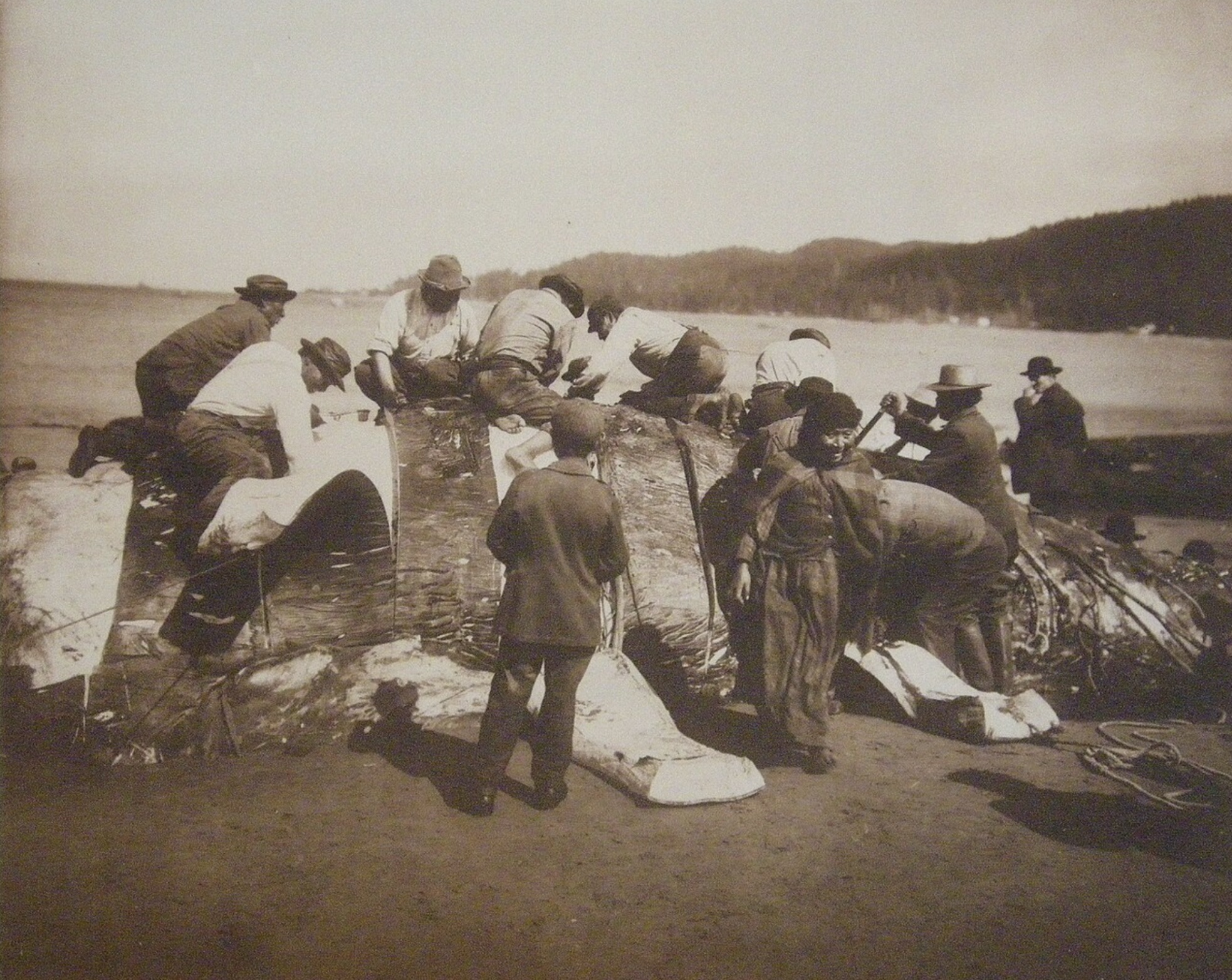
Source: Wikimedia
Current estimates suggest this number has begun to grow in recent years, and as many as 80,000 whales are thought to exist around the world. However, this is around ⅓ of what existed before they were hunted close to extinction.
Species Begins to Flourish Once Again
The giant species of whales, which are a blue-grey color, have begun to reappear off Argentina’s coast in recent years, with some researchers going as far as to suggest they are flourishing.
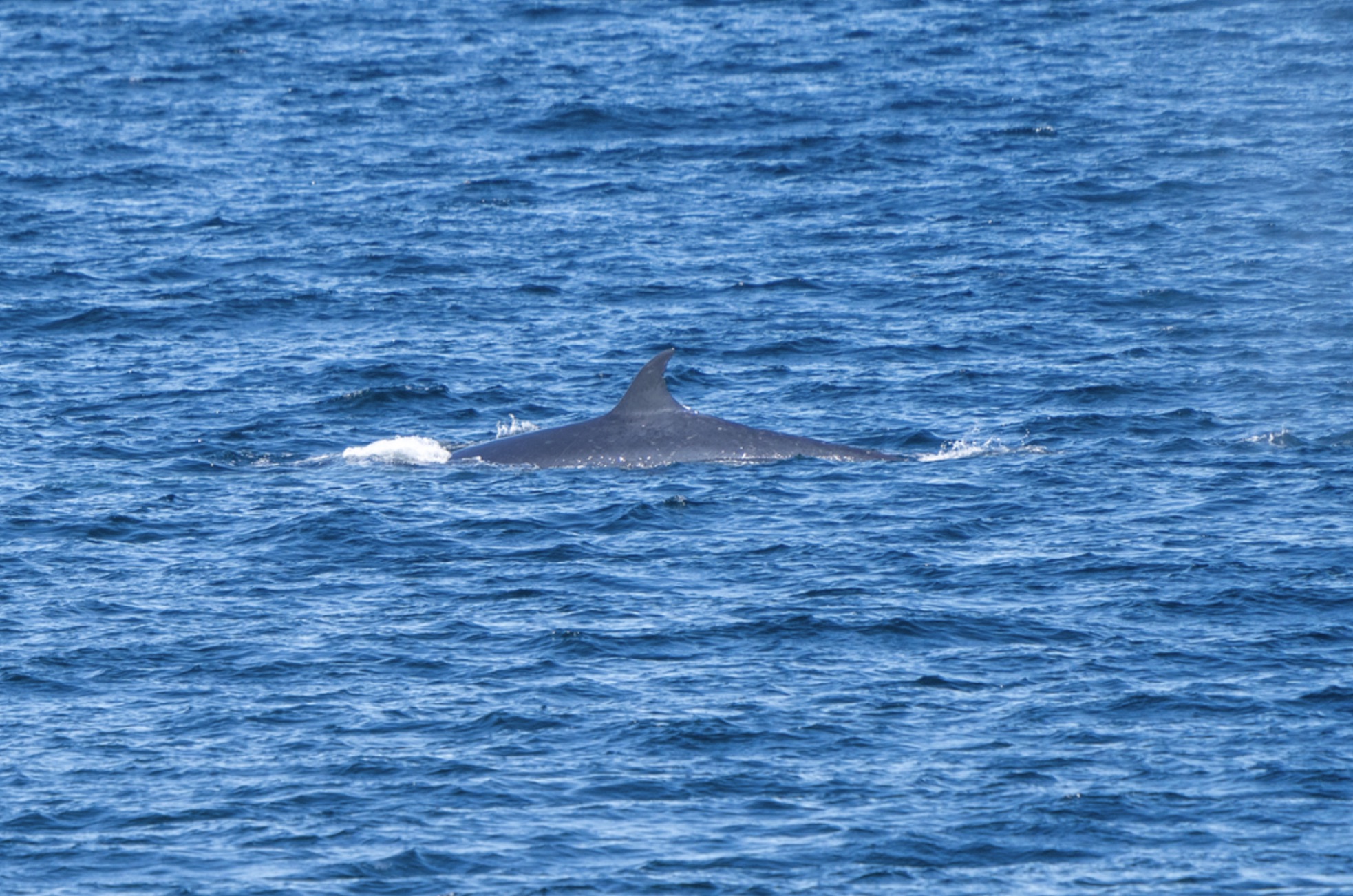
Source: Wikimedia
Over the past 50 years, global bans put into place on commercial whaling have allowed numerous species of whales, including the sei whale, to safely repopulate.
Biologist Speaks on Disappearance of Sei Whales
Biologist and researcher in marine ecosystems at the Argentine state science body CONICET Mariano Coscarella claims that while the species didn’t go extinct, it was rarely spotted during the late 20th century.

Source: Wikimedia
“They disappeared because they were hunted; they did not become extinct but were so reduced that no one saw them,” said Coscarella.
Sei Whale Populations Slowly Increases
Coscarella, who leads the research project Proyecto Sei with biologist Marina Riera and the Punta Marques Protected Natural Area, explained that it had taken several decades for the Sei whale populations to increase enough for sightings to become more frequent.
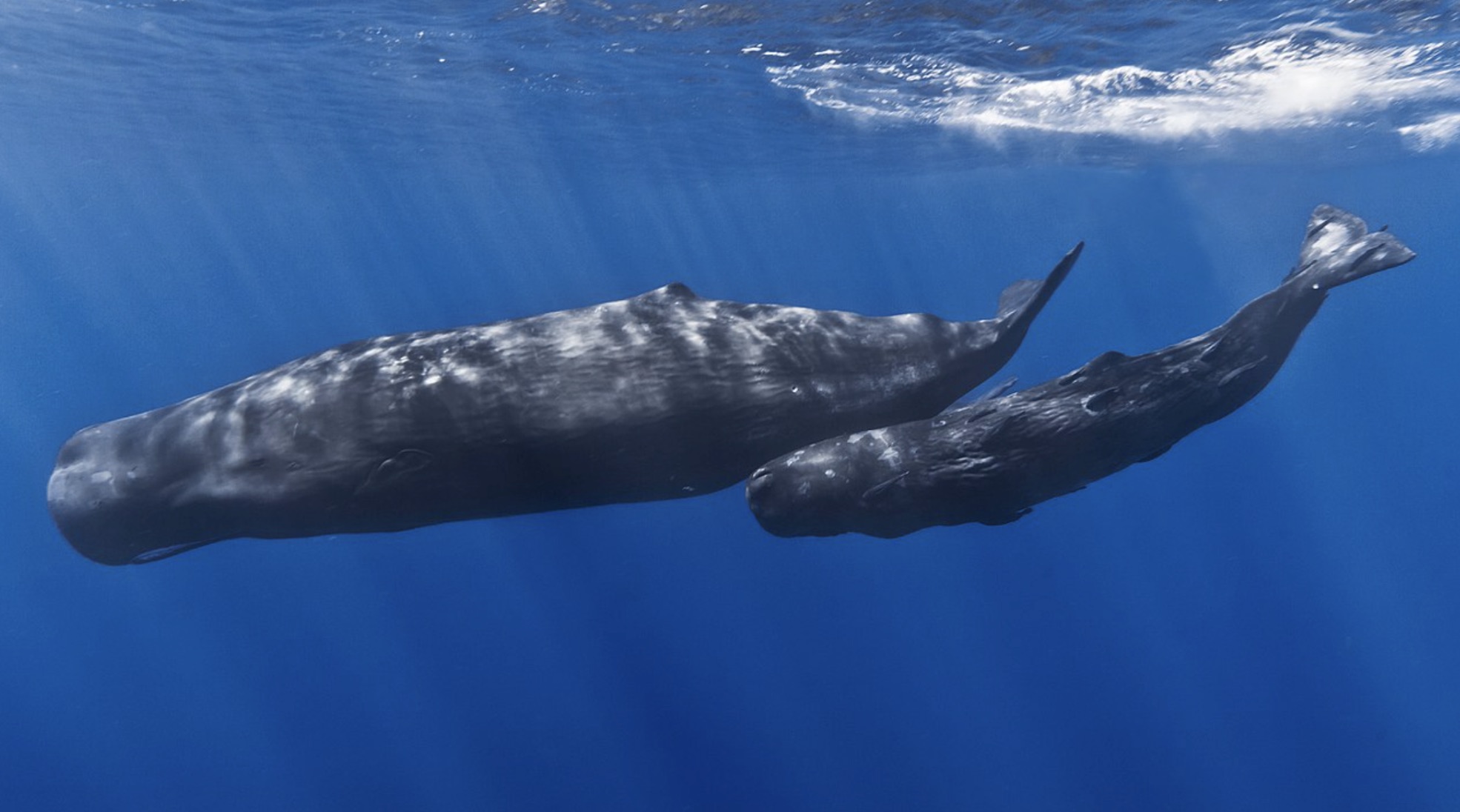
Source: Freepik
The team of researchers was even able to fit satellite trackers on several Sei whales, which will allow them to track their migration patterns, thanks to funding from National Geographic’s Pristine Seas project.
The Importance of Conservation Projects
The increased sightings of Sei whales off the coast of Patagonia have showcased how important conservation projects are and how they can have long-lasting results, said Coscarella.
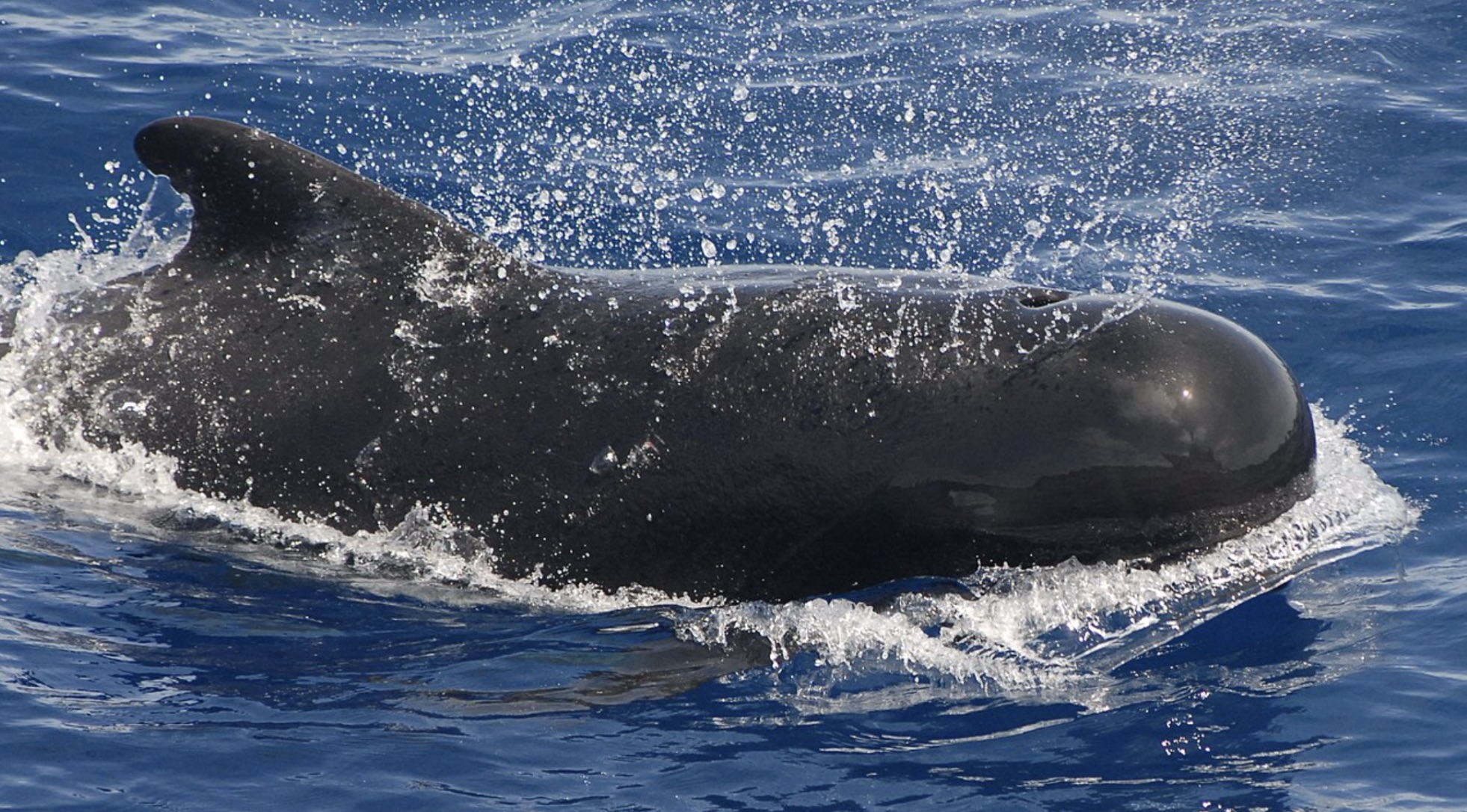
Source: Freepik
“We can consider this a success of conservation on a global scale,” she said. The biologist went on to suggest that global restrictions on whaling were integral to the Sei whales’ long-term survival before warning that nations who pull out of the agreement would severely jeopardize their recovery process.
Japanese Government Return to Sei Whale Hunting
Japan has a long history of hunting deep-sea animals, including whales and dolphins. Recently, the nation’s government announced that it would be adding large fin whales back to its list of whaling species viable for commercial fishing.

Source: Freepik
This will allow commercial fishers in Japan to hunt and capture Sei Whales. Their decision came just five years after they had decided to leave the International Whaling Commission (IWC), an international body that regulates the commercial hunt of marine mammals.
Majestic Creatures
Sei whales are remarkable creatures that do their fair share to ensure the ocean’s ecosystems remain healthy.
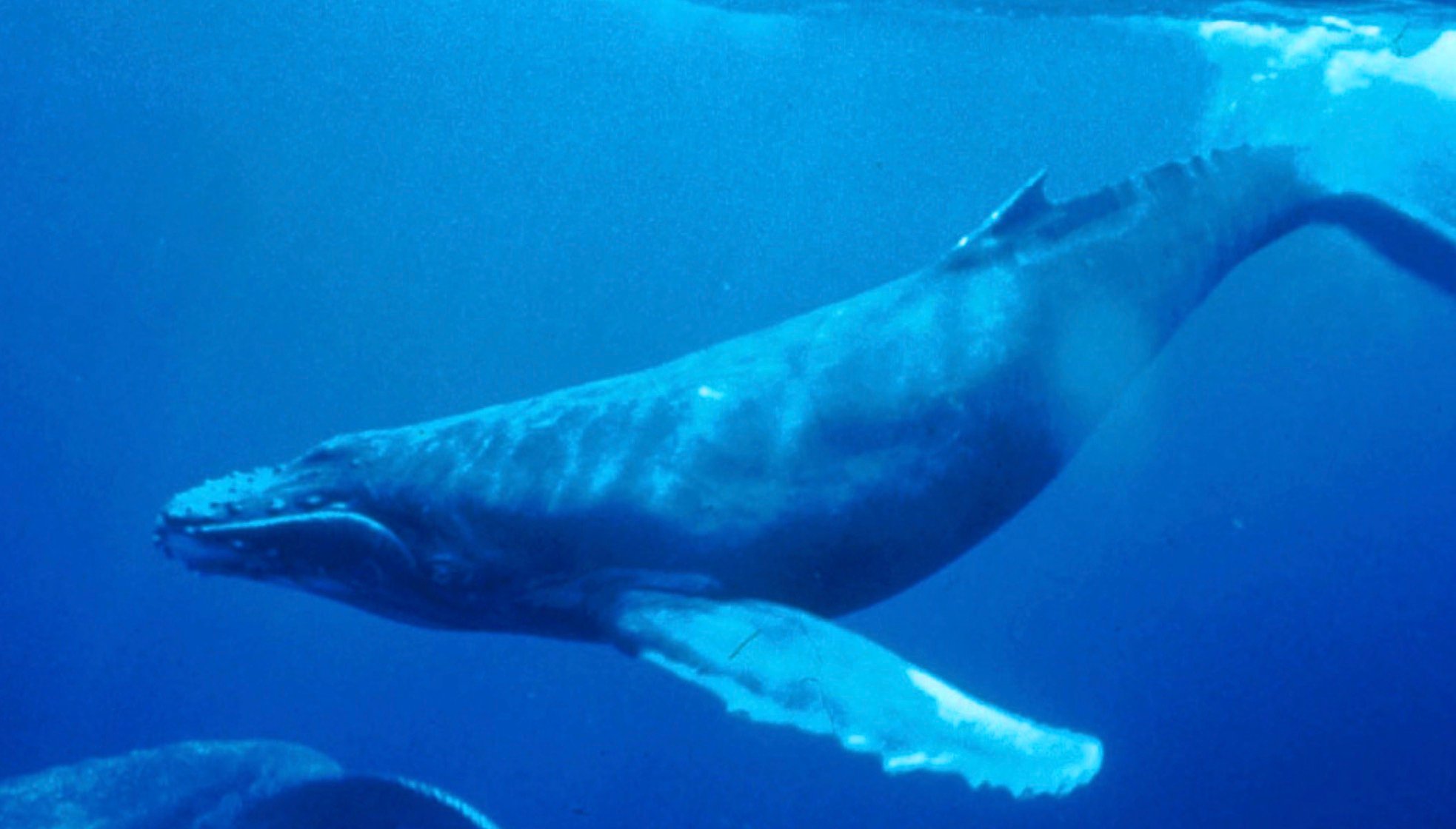
Source: Wikimedia
According to the United States National Oceanic and Atmospheric Administration, large species of whales can consume over 2,000 pounds of food in a single day. This helps to keep the ocean’s food chain in check, benefiting several communities worldwide that fish for income and food.
Sei Whales Provide Essential Nutrients
Sei whales also provide essential nutrients to phytoplankton, which feast on the feces of mammals. These tiny microscopic protists and bacteria produce oxygen and absorb carbon dioxide.
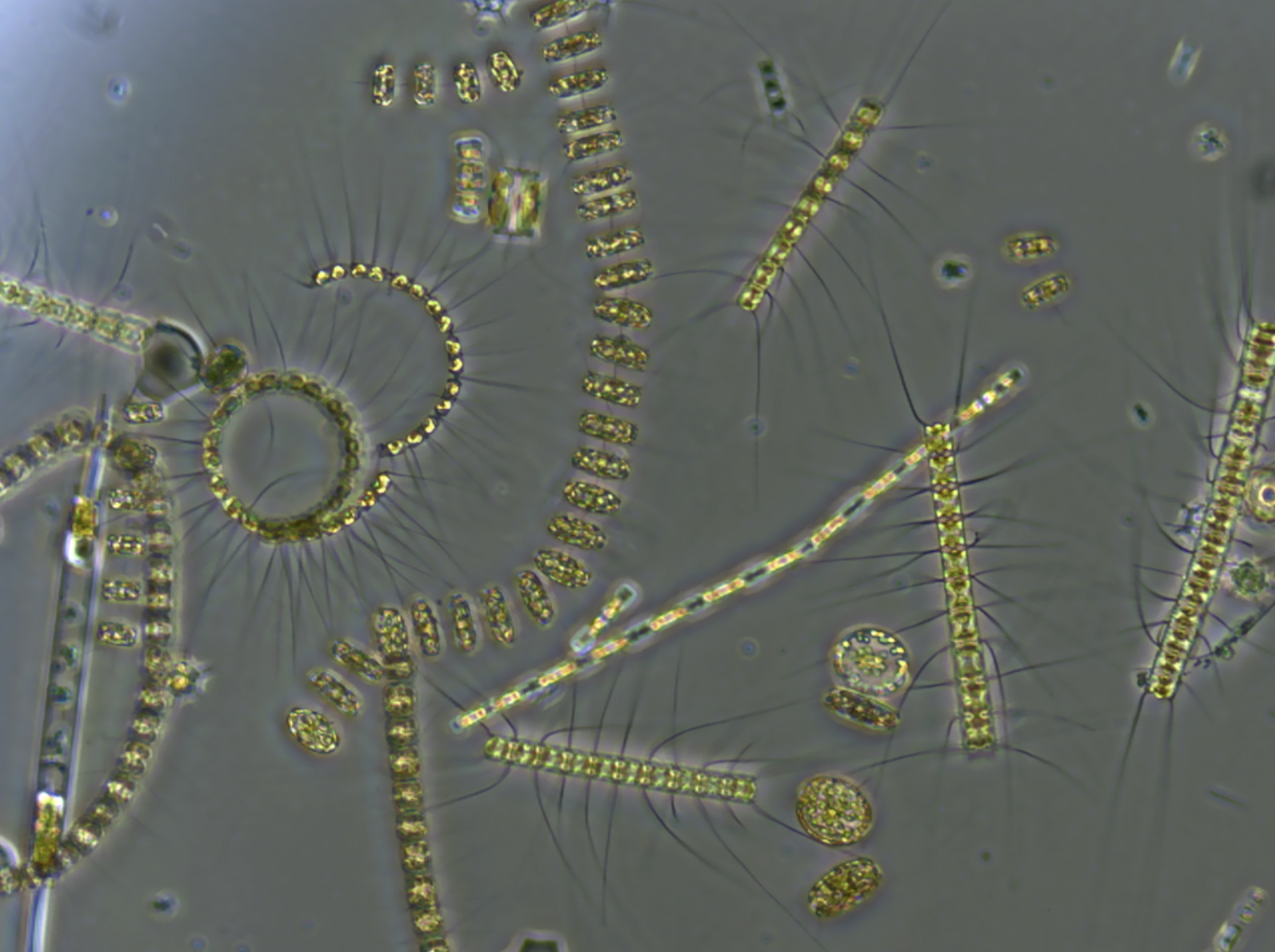
Source: Wikimedia
Throughout their lifespan, Sei whales absorb a significant amount of carbon before depositing it at their death. The latter helps to support the ecosystems deep beneath the surface of the ocean.
Alternative Threats For Sei Whales
Hunting no longer poses a severe threat to the existence of the Sei whales. However, other problems, including rising ocean temperatures, plastic consumption, and collisions with large shipping vessels, can significantly lower their populations.
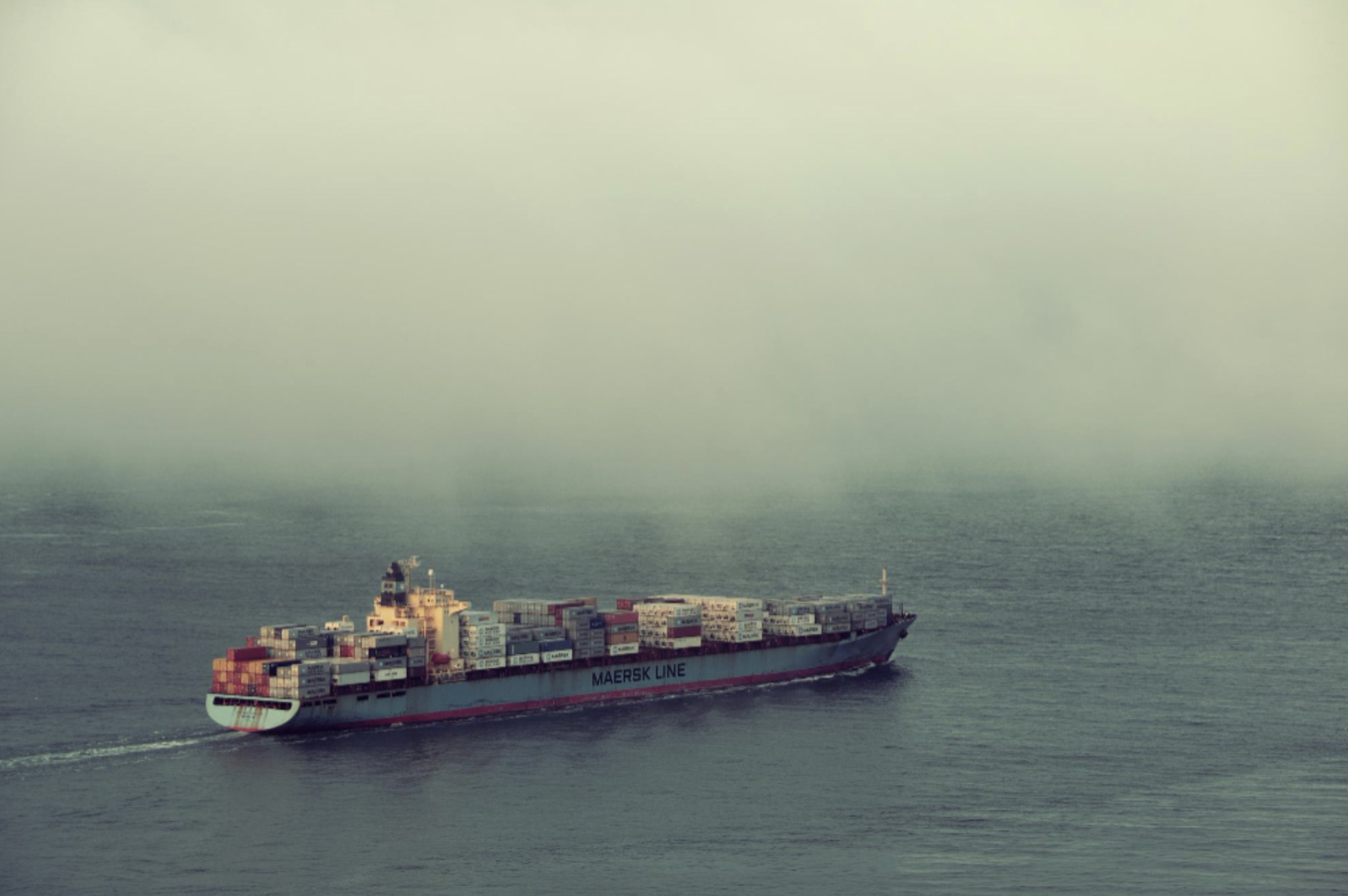
Source: Freepik
Experts have suggested that we can all help reduce the likelihood of sei whales succumbing to the previously mentioned problems. One way would be to reduce planet-warming pollutants by changing our lifestyle, diet, waste disposal, and mode of transportation.
How to Help Sei Whale Populations
One of the best ways to help Sei whales is to reduce or, if possible, refrain from using single-use plastics.
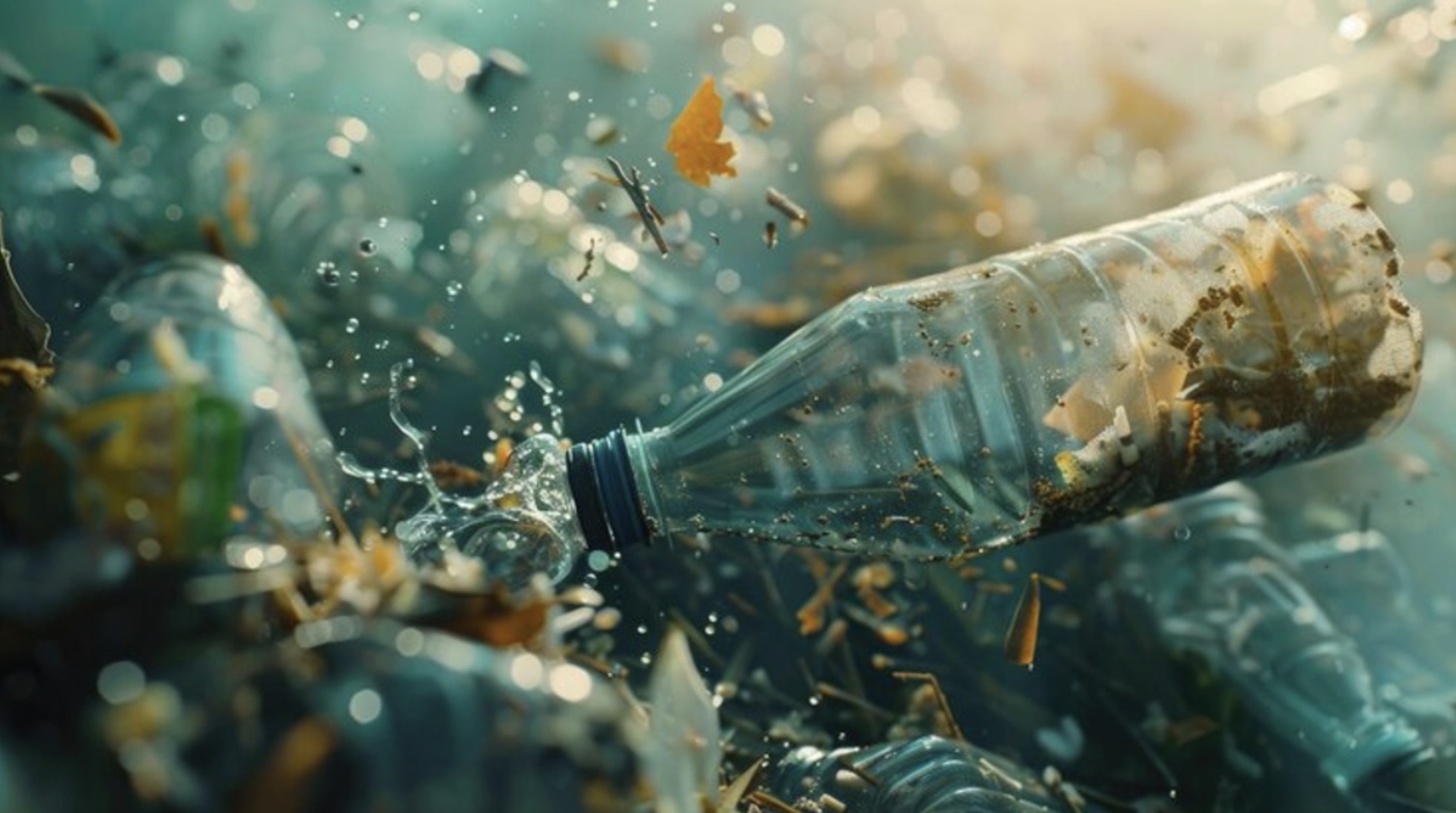
Source: Freepik
Once thrown in the trash, this harmful material typically finds its way to the ocean. As it doesn’t break down, it ends up in the bodies of many aquatic animals, including the Sei whales, often with terrible consequences.
